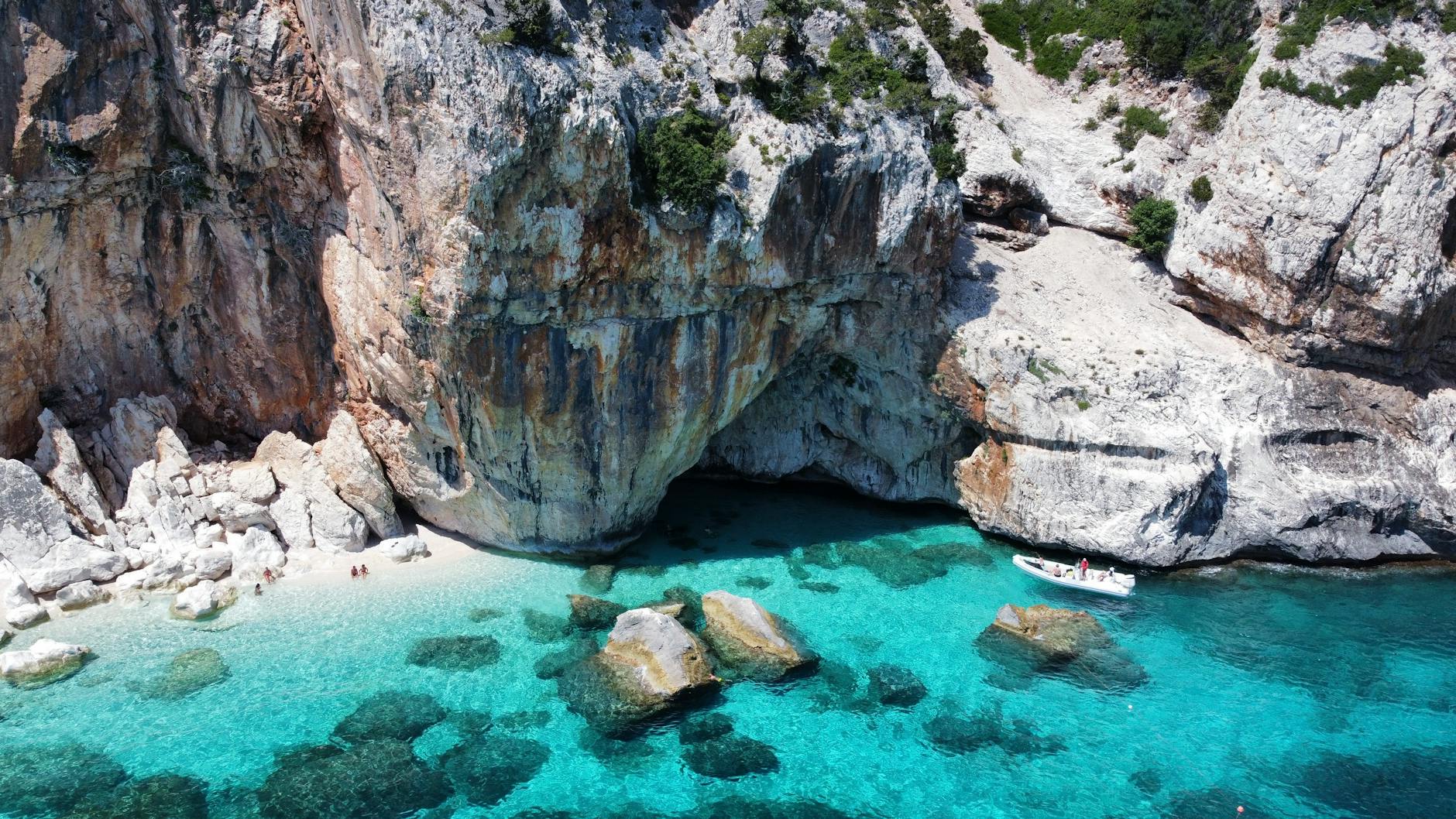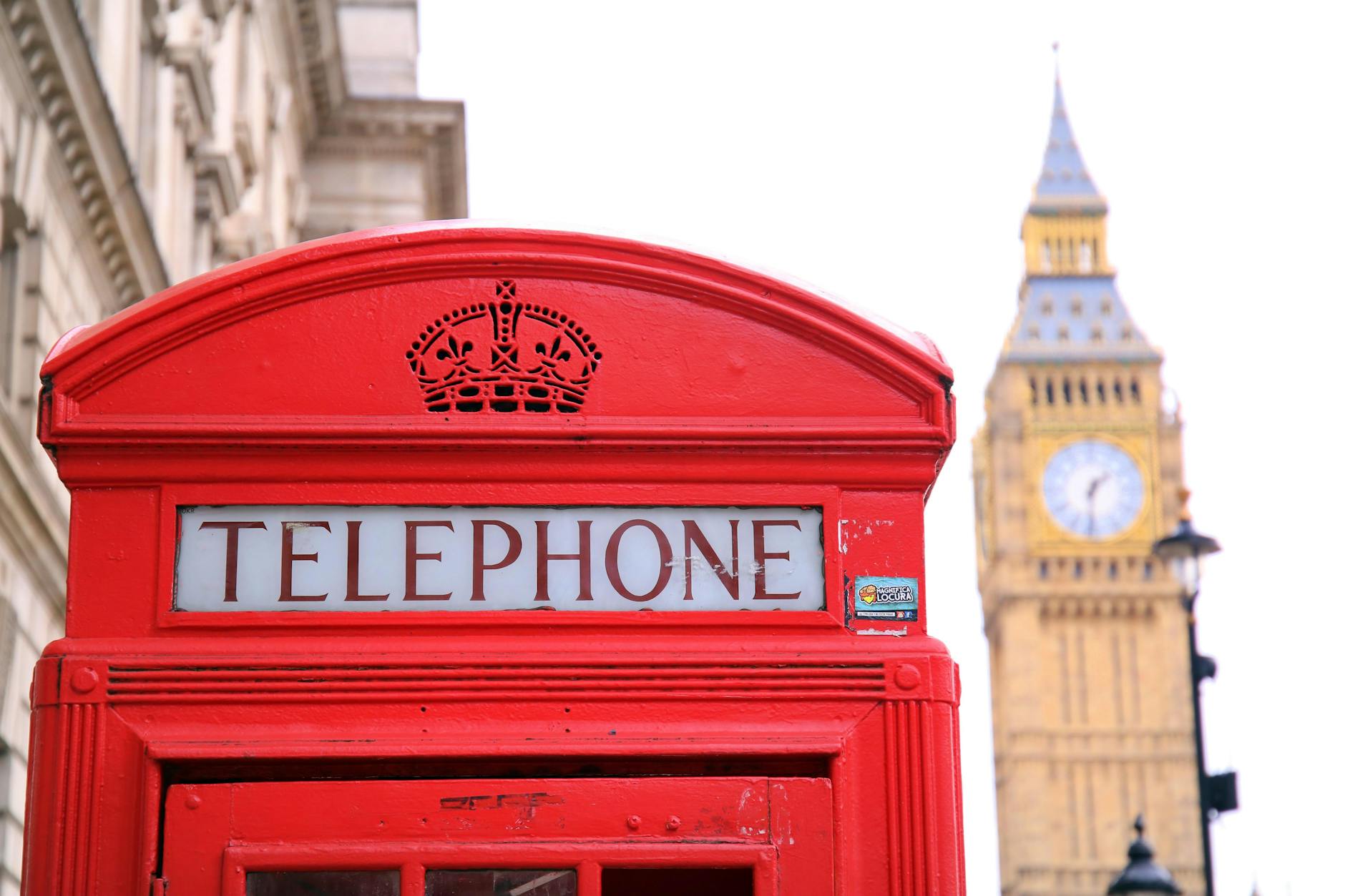Can Australia Lead the Way in Sustainable Travel Practices?

Australia’s Unique Position
As an experienced environmental policy advisor from Brisbane, I've often reflected on how Australia's unique location contributes immensely to discussions on global environmental policies. The lush green expanses and immersive natural attractions such as those found at South Bank Parklands are not just tourist magnets but are vital to our environmental identity. They represent a small yet significant aspect of our broader environmental tapestry.
Our rich ecosystem has piqued global interest, akin to the growing fascination with south america travel destinations. With our extensive biodiversity, Australia offers a canvas of ecological wealth that rivals any on the planet. Our diverse flora and fauna, much like those found in Patagonia or Machu Picchu, make us a crucial player in global conservation efforts. As such, the nation has a responsibility to maintain stringent measures to protect and sustain these natural resources.
Speaking of diverse landscapes, each contributes differently to our ecosystem, where rich natural resources have been both a boon and a point of contention. These assets have spurred economic growth while necessitating sustainable exploitation practices. When planning for conservation, it's imperative to blend local cultural heritage with these strategies, aligning economic incentives with environmental sustainability.
Just as patagonia tours captivate travelers seeking unspoilt beauty, our need to balance tourism with conservation efforts is ongoing. Mindful of these complexities, the strategy should involve an integrated approach that considers both environmental impacts and cultural significance. It is through such nuanced considerations that effective and sustainable environmental policies can take shape.
Sustainable Travel Innovations
Eco-Friendly Initiatives
In the sphere of sustainable travel, eco-friendly initiatives have increasingly taken centre stage. Many operators are now incorporating practices that aim to reduce their environmental footprint. A perfect example is the rise of arctic cruises designed with state-of-the-art technology to minimise emissions. These cruises allow travelers to experience the stunning Arctic landscape while knowing that their journey aligns with environmental conservation goals. During a leisurely walk along the Brisbane Riverwalk, it’s easy to see how integrating ecological awareness into tourism can enhance both visitor experience and environmental preservation.
Wildlife Conservation Efforts
Australia’s commitment to wildlife conservation is a blueprint of global significance. Several local projects work tirelessly to protect species and their habitats. This includes partnerships with tour operators to ensure that wildlife encounters are respectful and non-invasive. Their efforts help maintain the natural balance and attract tourists eager for ethical interactions with wildlife. Destinations emphasising these principles include initiatives focused on preserving the habitats of endangered species within designated reserves.
Community-Driven Projects
Travel innovations are not solely about technology and conservation; they are also deeply rooted in community engagement. Local communities are often at the forefront of sustainable practices. By participating in projects that enhance both the environment and local livelihoods, communities ensure that tourism benefits are widespread and enduring. For instance, Cuba tours are increasingly adopting community-focused approaches that empower local artisans and producers, allowing visitors to gain deeper understanding and appreciation of the cultural landscapes they explore. This synergy between travelers and local communities fosters a sustainable tourism model with long-lasting positive impacts.
Potential Challenges
Environmental Threats
Addressing the environmental threats in Australia requires a concerted effort to mitigate the impacts of climate change and human activities. Our unique ecosystems, particularly those found near the Brisbane Riverwalk, are susceptible to pollution, habitat destruction, and invasive species. As an experienced environmental policy advisor, I can attest to the necessity for stricter regulations and comprehensive impact assessments to safeguard these precious environments.
Balancing Tourism Growth
Tourism growth is both a blessing and a challenge. While it boosts the economy, it can strain local ecosystems if not managed sustainably. Carefully balancing tourism and maintaining biodiversity is vital. This means fostering responsible travel practices and promoting initiatives like the Galapagos tours, which prioritize conservation and community engagement. Such models can be tailored to Australian contexts, offering unique insights into balancing tourism with ecosystem health.
Policy and Regulation Hurdles
Navigating the complexities of environmental policy and regulation presents significant hurdles. Developing policies that align stakeholder interests, especially those affecting tourism and conservation, is challenging yet crucial. We must continually reassess and update regulations to adapt to evolving environmental conditions and technological advancements. This strategic approach ensures resilient frameworks that can support sustainable travel initiatives, such as those advocating responsible Cuba travel, and empower both present and future generations.
Best Practices
Promoting Eco-Tourism
Promoting eco-tourism involves fostering sustainable travel practices that benefit both the environment and local communities. As an experienced environmental policy advisor, one crucial aspect is implementing measures that protect natural habitats while ensuring tourism supports conservation efforts. Taking inspiration from eco-friendly tourist destinations, such as Machu Picchu tours, we can establish guidelines that promote minimal environmental impact and conservation-focused travel. Such measures are vital in safeguarding Australia’s unique environment while enhancing the experience for eco-conscious travellers.
Engaging Local Communities
Successfully engaging local communities is key to sustainable tourism. By involving community members in tourism initiatives, we ensure that the benefits of tourism are distributed equitably. Strategies such as employing local guides and supporting local businesses create a positive economic impact and strengthen cultural connections. Collaborations between communities and tourism operators can be facilitated through regular consultations and participatory decision-making, aligning with the ethos of places like the Queensland Museum, where history and community engagement are intertwined.
Measuring Impact
Implementing systems to measure the impact of tourism initiatives is essential for ongoing sustainability. This involves collecting data on ecological footprints, community well-being, and visitor satisfaction. Utilising technology and analytics can provide insights into areas for improvement and success, enabling tailored strategies for future endeavours. As we examine these metrics, we empower environmental professionals to make informed decisions, aligning with innovations seen in tech-driven projects designed to enhance tourism experiences sustainably.
By following these best practices, we can ensure that eco-tourism in Australia supports both ecological preservation and community prosperity.
Future-Focused Strategies
Establishing New Standards
Australia stands at a critical juncture where setting new standards for sustainable development is paramount. As environmental professionals familiar with Brisbane’s dynamic landscapes, from the lush South Bank Parklands to the bustling Queensland Museum, you understand the importance of preserving our natural environment. We must advocate for regulations that demand higher accountability from industries impacting ecosystems. For example, the tourism sector can adopt stricter eco-certification processes, ensuring that any development respects local biodiversity and cultural heritage. This commitment not only enhances our global reputation but strengthens the ethical foundation of our industries.
Strengthening Global Collaborations
Building robust alliances on an international stage is indispensable for Australia’s environmental future. Just as the Brisbane Riverwalk showcases a seamless blend of urban activity with natural beauty, our collaboration efforts must reflect a balance between local expertise and global insights. By exchanging knowledge and resources with global environmental think tanks, we can pioneer solutions that combat climate change and advocate for carbon neutral products Australia. Furthermore, partnerships with international organisations could lead to innovative breakthroughs, reinforcing Australia as a leader in eco-conscious tourism.
Embracing Technological Advancements
To remain at the forefront of environmental stewardship, we must embrace emerging technology Australia. It's time to harness cutting-edge advancements, such as AI-powered conservation tools, to monitor wildlife and manage natural resources effectively. Moreover, digital platforms could offer tourists virtual eco-travel experiences, reducing physical footprints on sensitive sites. Bridging technology and sustainability, much like the innovative designs seen in South Bank's Rainforest Walk, empowers us to address environmental challenges proactively without compromising economic growth.


